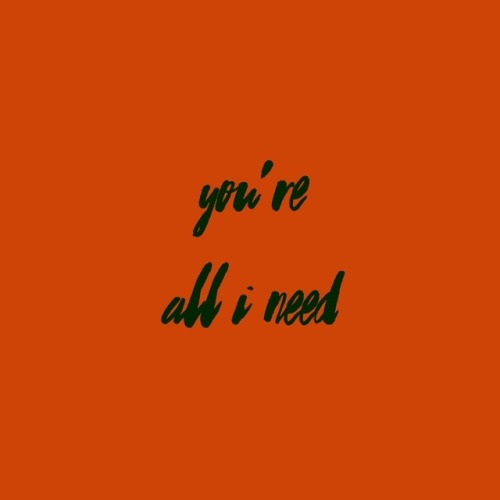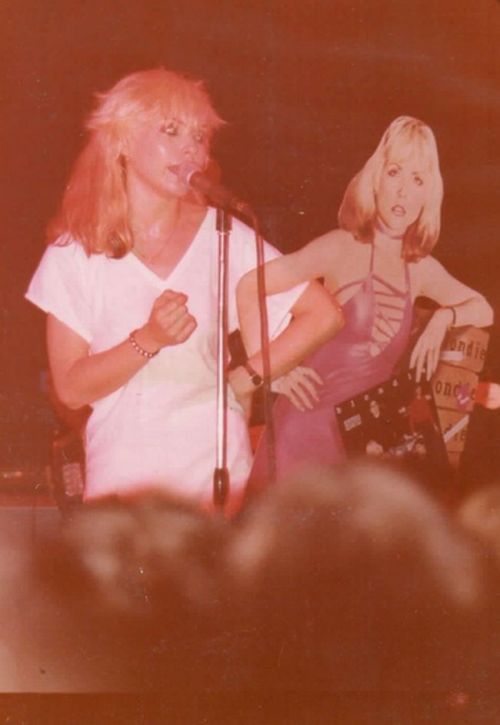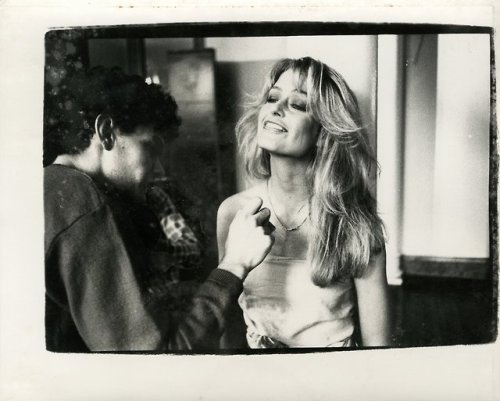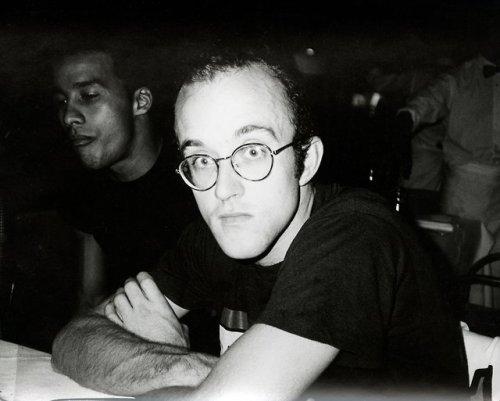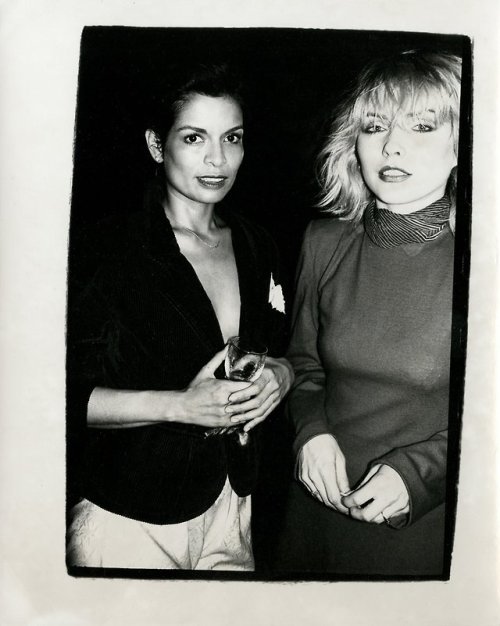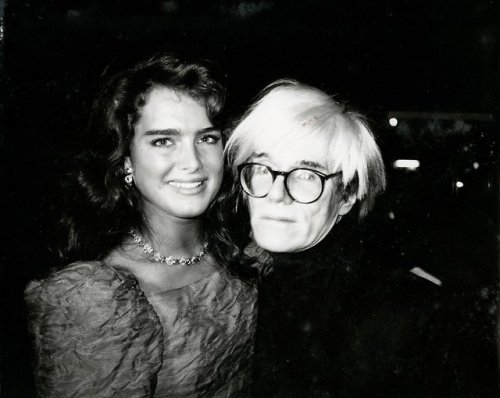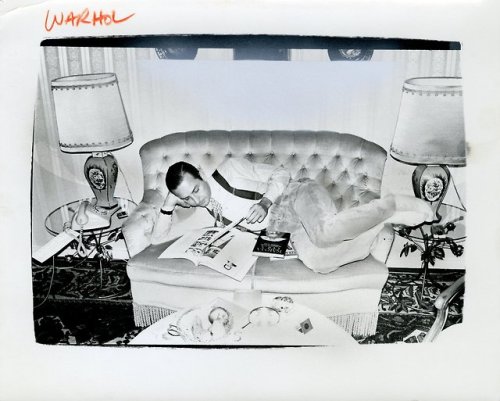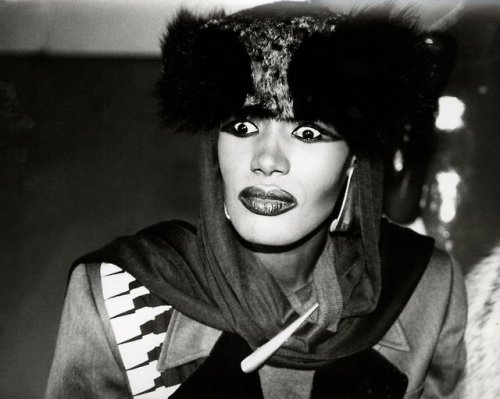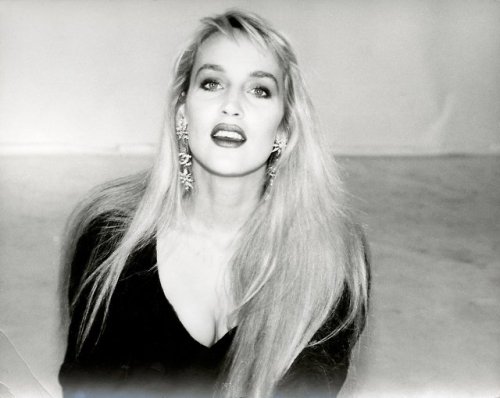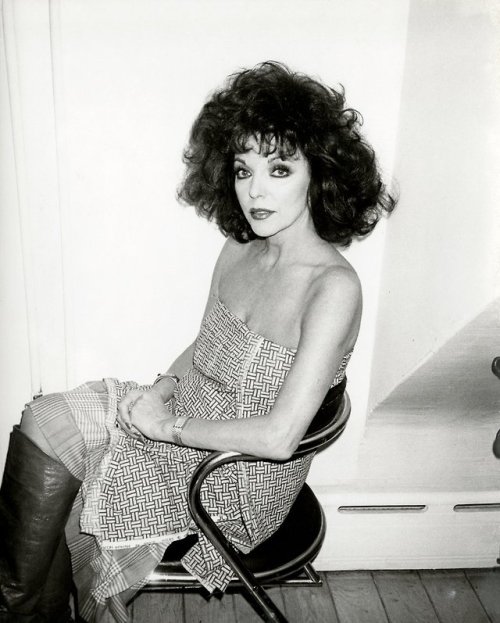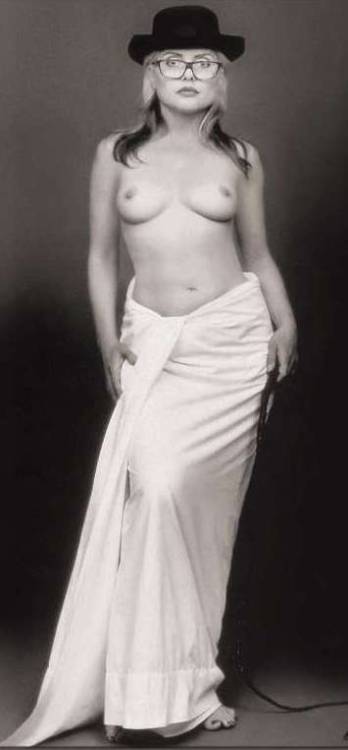#debby harry
Andy Warhol Find from The New York Times
May 2, 2018
Recently, Pat Hackett, a New York-based writer and editor, opened an unassuming three-ring binder in her Gramercy Park apartment and discovered 83 unpublished photographs by Andy Warhol. The images — which depict, among other subjects, Brooke Shields, Muhammad Ali, Farrah Fawcett, Jean-Michel Basquiat and Warhol’s two pet dachshunds, Archie and Amos, seated with Lou Reed — had been gifted to Hackett by Warhol not long before his death, in 1987, and had not left her home since.
Hackett was one of Warhol’s frequent collaborators and confidantes; she contributed to Interview, co-wrote his final film, “BAD” (1977), and later edited his posthumously published “Diaries” (1989). While working on another project, Warhol’s arch entertaining manual “The Party Book” (1988), she took home a selection of the artist’s photographs — casual portraits of friends and vivid snapshots of New York nightlife — to review as possible illustrations. “A few days later, when I mentioned that I would bring them back soon, he said, ‘Oh you don’t have to.’ He’d noticed how much I loved them,” recalls Hackett.
The previously unpublished and unexhibited images, which will go on show for the first time on May 3 at Hedges Projects in Los Angeles, are all one-of-a-kind silver gelatin prints that capture their subjects in stark black and white. “Oddly, as much as Andy is known as ‘the master colorist,’ there is a whole powerful, primitive area of his work that was exclusively black and white,” says Hackett.
Warhol turned to photography more and more in the years before his death, and “you could see how much it excited him,” she adds. “His whole view of the world and of art had always been that reality could not be improved upon. That made photography a natural next big step in his evolution as an artist.”
Correction: May 2, 2018An earlier version of this article misstated the year Andy Warhol’s film “Bad” was released; it was 1977, not 1987.
“Through Andy’s Lens: Never Before Seen Works From the Collection of Pat Hackett,” May 3-June 10 at Hedges Projects, 305 North Laurel Avenue, Los Angeles, hedges-projects.com.
Post link



